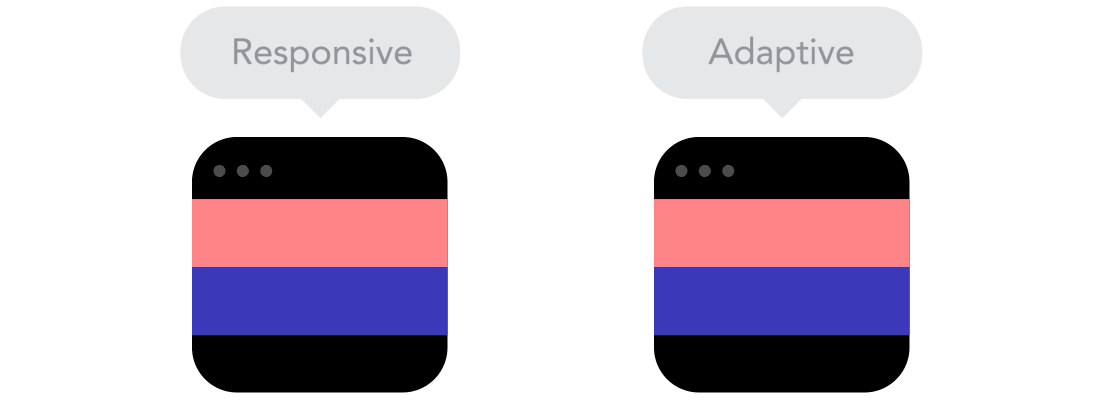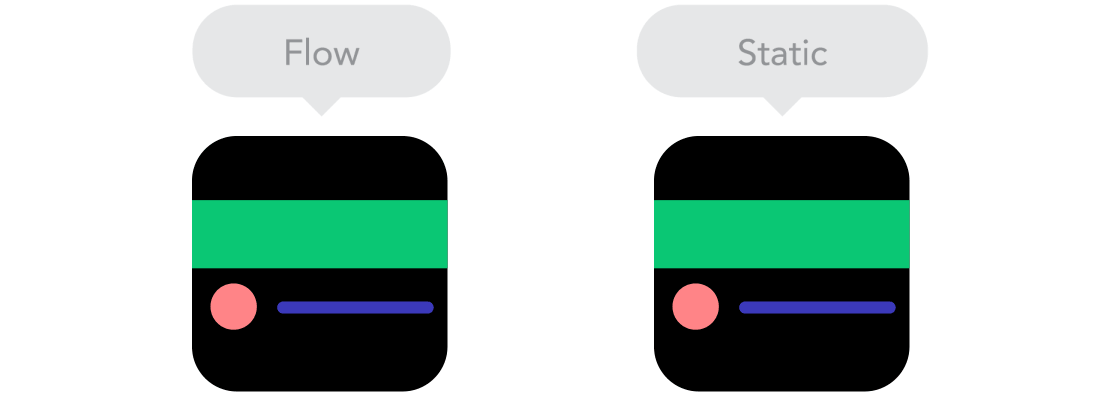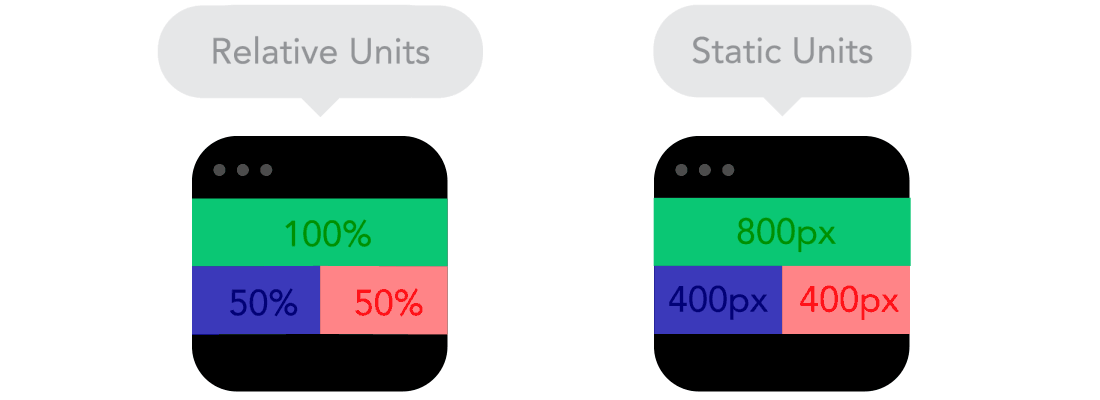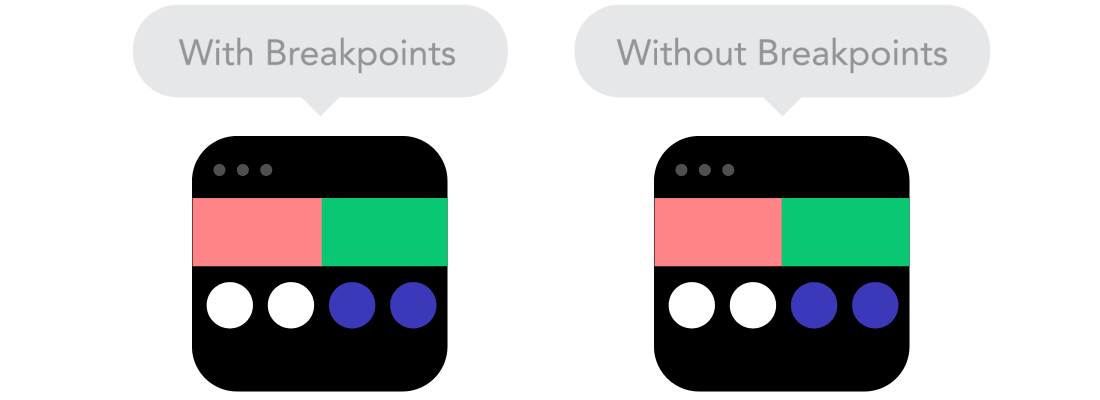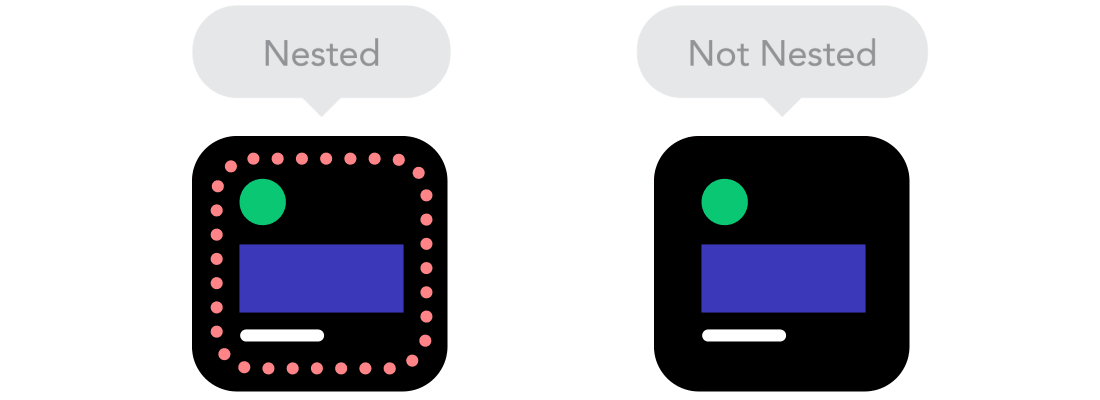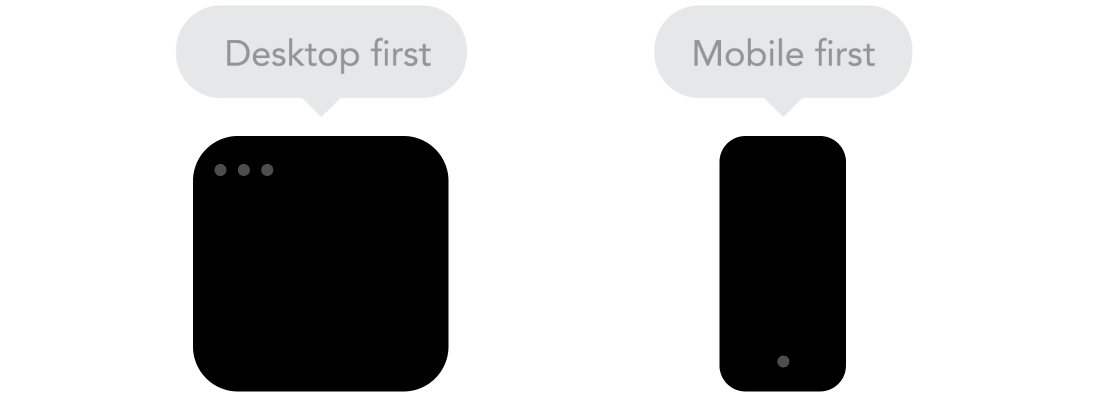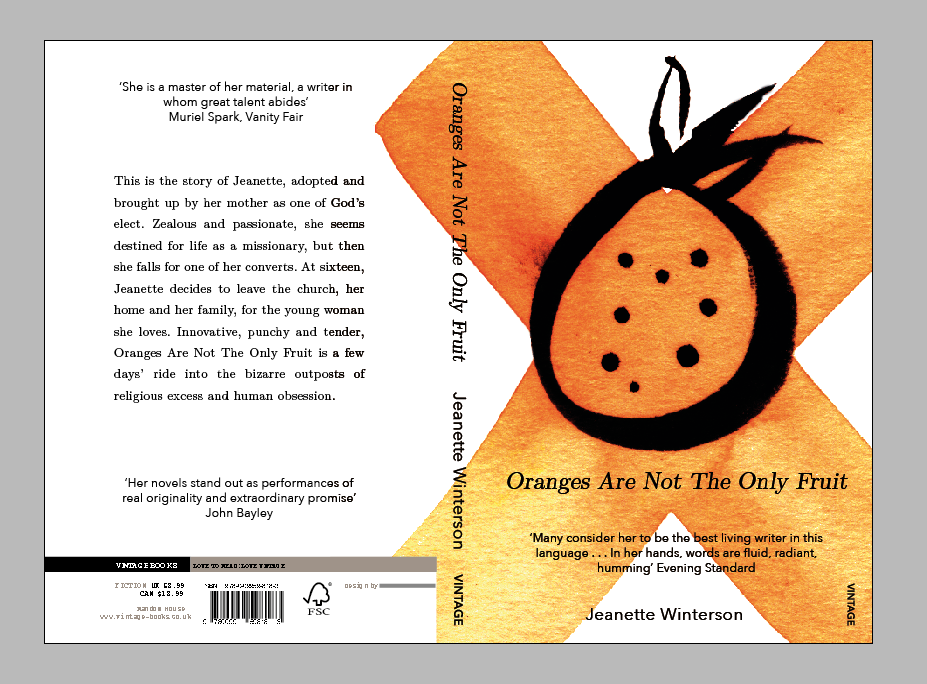As one of the Responsive tasks, I have chosen to enter the Penguin Publications Competitions. The book is about an orphan who is adopted by devout Christians who bring the girl up with a strict religious education. As the girl grows up she discovers she is a lesbian and explores her sexuality, leaving her christian roots behind; much to the dismay of her family and peers.
I've found it very difficult to come up with designs that aren't cliche's that are also visually interesting and relevant.
Oranges with a single strawberry, the idea being that the unique object is outnumbered and trapped.
More sketches which explore the fruit imagery. incorporating the X (xx female sex chromosomes), and a cross which is obviously religious.
Image as type replacing letters with fruits. I like the aesthetic of this idea but the concept behind it isn't strong.
I really liked the concept behind this idea, however I feel like it may be too complex. The orange representing her original way of life, once religion was cut out (in a literal sense here), her feminism and sexuality can be explored (shown by the
♀ symbol).
Inspiration / Typography research
I really like the typographic hierarchy on this book, as well as the readability of the typefaces. The broken lines are also aesthetically pleasing and conceptual.
I like the typography here but am unsure about the use of a typewriter font. Although it's conceptual I don't like it being used with the bold typeface.
Basic typographic layout but it works well. The colour choices are also interesting.
I bought some watercolours and wanted to experiment with different illustration styles. I knew I would have to keep things simple for two reasons, because of my skill level, and because of the time I had allocated to do this project. I tried crosshatch, simple lines, fineliner, brushes and inks.
I photoshopped them to enhance the saturation and levels making them stand out more. The vivid colours are much more exciting and eyecatching.
I originally planned on using multiple fruits on the frontcover, however after talking with peers I decided on just using one large illustration. I chose this one because of the connotations behind the X, as well as the pleasing contrast that the brush pen gave the orange.
Adjusting type and taking a few steps back. I was experimenting with different positions for the text because I didn't want to go for the standard centered layout. I thought the blue was working until I change it to white whilst experimenting with different colours. This just goes to show how experimentation is incredibly important. I also made huge changes after printing it for the first time and seeing it in it's usual format and media type.
Final blue design. After critting this, I realised I needed to change the colour scheme and center the text
Finished design in situe. I prefer the white as it makes the book less garish and much cleaner.
